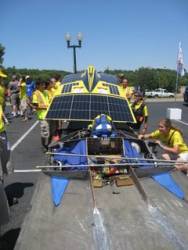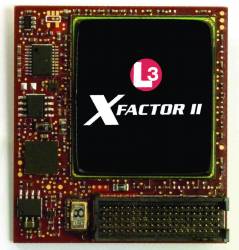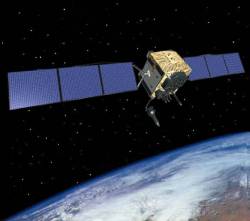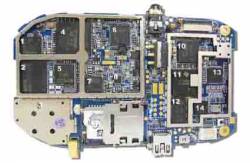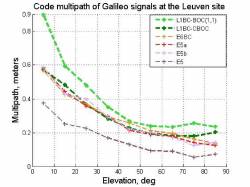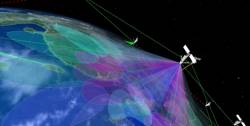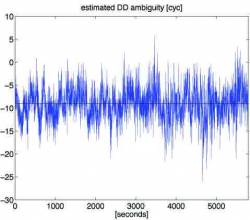IEC Announces New Miniaturized, Secure GPS Receiver Module
 IEC TruTrak Evolution GPS Receiver
IEC TruTrak Evolution GPS Receiver
L-3 Interstate Electronics Corporation (IEC), based in Anaheim, California, has announced its latest miniaturized GPS receiver, the TruTrak Evolution.
A single-board, L1/L2 24-channel secure GPS receiver, the TruTrak Evolution consists of a security module, radio frequency down converter and I/O logic. The receiver employs IEC’s latest key data processor (KDP II) SAASM chipset in the XFACTOR module to provide enhanced GPS security.
By Glen Gibbons


